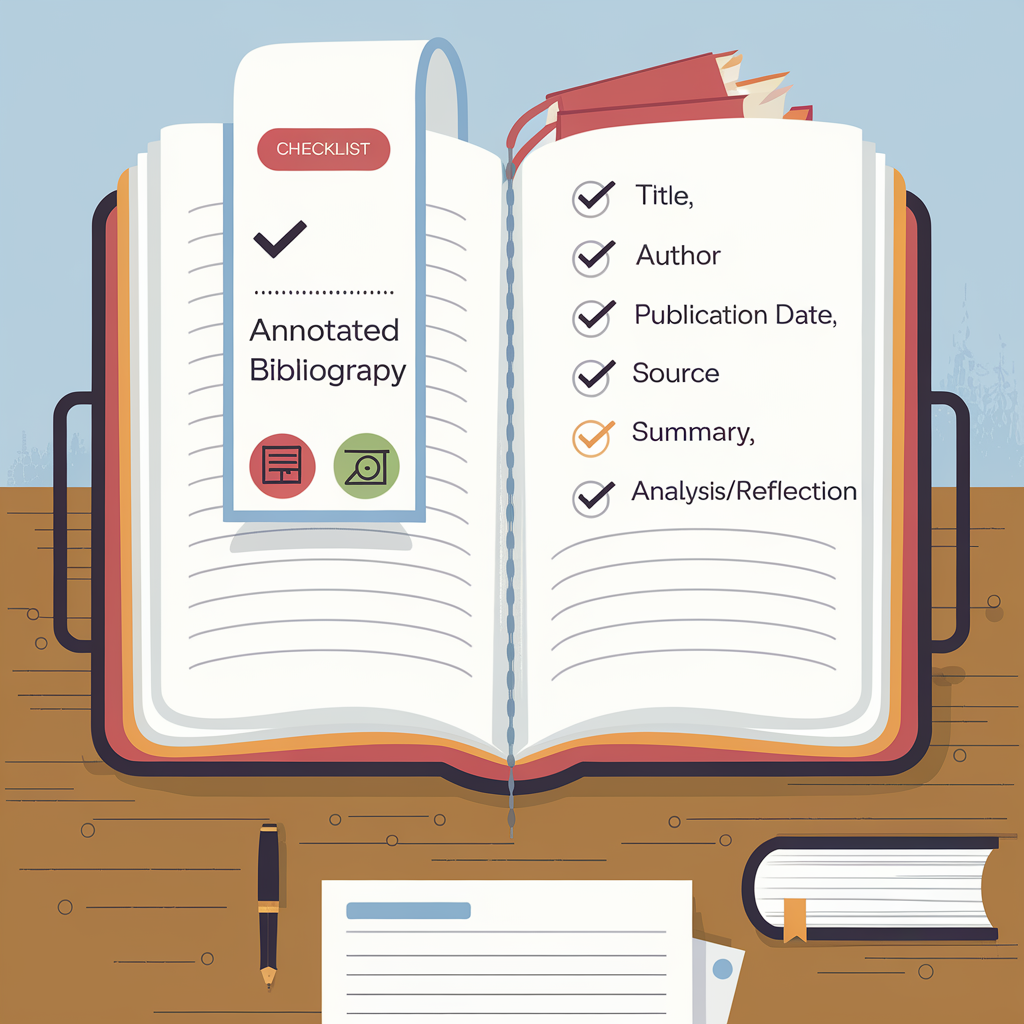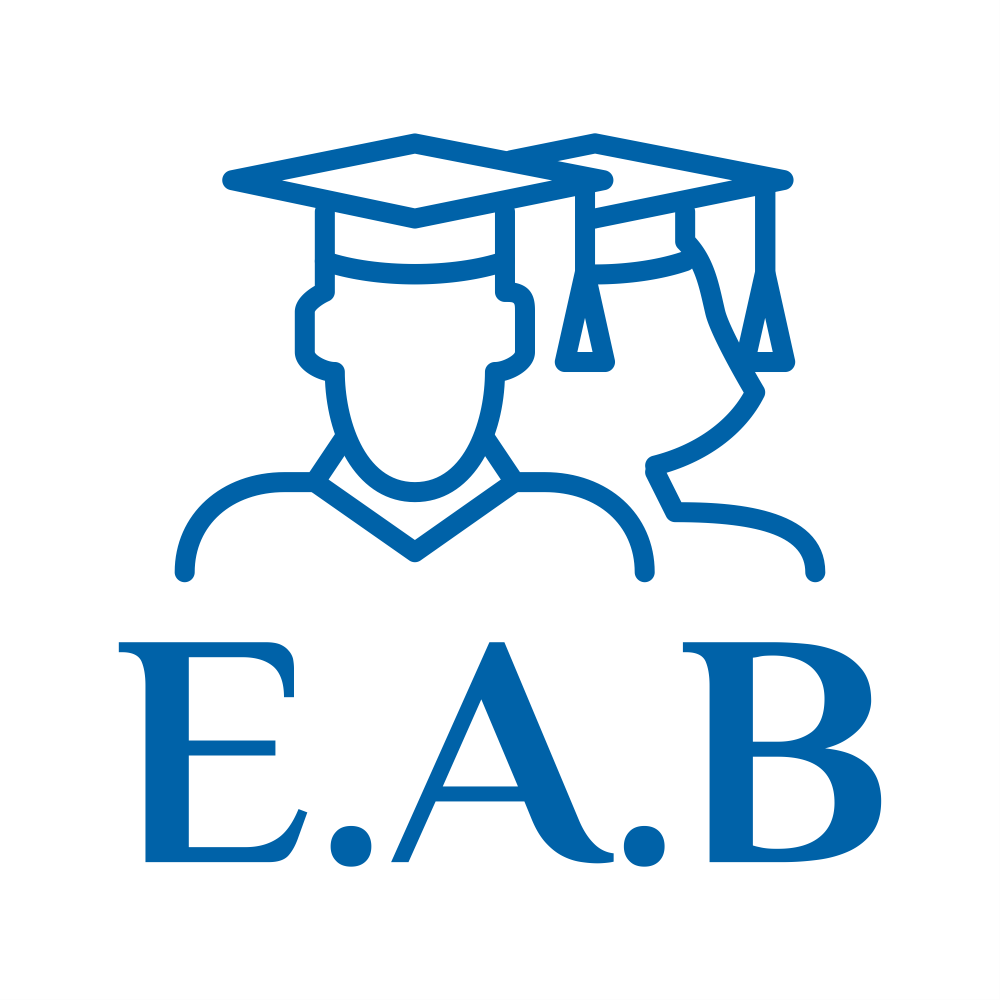Managing research sources effectively can be challenging, but an annotated bibliography helps streamline the process by keeping information organized and accessible. Unlike a standard bibliography that lists sources, an annotated bibliography includes a summary, evaluation, and reflection for each entry, allowing researchers to assess its credibility and relevance.
It is a valuable tool for students, academics, and professionals looking to build a strong research foundation while developing critical thinking skills. Whether you’re writing a research paper, a literature review, or preparing for a larger project, understanding how to create an annotated bibliography can enhance your work and improve the quality of your research.
What is an annotated bibliography?
An annotated bibliography is a structured list of sources related to a specific research topic or question, with each source accompanied by a brief summary and evaluation. The annotations provide insights into the source’s relevance, credibility, and usefulness of the research.
Unlike a standard bibliography, which merely lists references, an annotated bibliography adds critical commentary to help readers understand the significance of each source. Annotated bibliographies are commonly used in academic research, literature reviews, and thesis projects to build a foundation of knowledge on a topic.

How to Create an Annotated Bibliography
An annotated bibliography is a valuable tool for academic research, allowing you to document, evaluate, and reflect on sources relevant to your topic. Below is a detailed guide to help you create an effective annotated bibliography.
Step 1: Choose Your Sources
Select sources that are credible, relevant, and useful for your research. These can include:
- Books
- Peer-reviewed journal articles
- Government or academic websites
- Reports and credible news sources
Use library databases (e.g., Google Scholar, JSTOR, or PubMed) to find authoritative sources.
Step 2: Cite Your Sources
Each entry in your annotated bibliography should begin with a properly formatted citation. Use the required citation style, such as APA, MLA, or Chicago.
Example Citations:
- APA (7th edition):
Johnson, J. (2020). Understanding research methods. Oxford University Press.
- MLA (9th edition):
Johnson, John. Understanding Research Methods. Oxford University Press, 2020.
- Chicago:
Johnson, John. Understanding Research Methods. Oxford: Oxford University Press, 2020.
Use citation management tools like Zotero, EndNote, or Purdue OWL for accurate formatting.
Step 3: Summarize the Source
Write a concise summary of the source’s main ideas, findings, and arguments.
Example Summary:
Johnson’s (2020) book provides an overview of qualitative and quantitative research methods, focusing on their application in social sciences. The author explains data collection techniques, sampling methods, and statistical analysis, making it a useful resource for beginner researchers.
Step 4: Evaluate the Source
Assess the credibility, reliability, and relevance of the source:
- Author’s credentials: Is the author a recognized expert in the field?
- Publication quality: Is the source peer-reviewed or published by a reputable institution?
- Bias/objectivity: Does the source present balanced information or a particular viewpoint?
- Relevance: How does this source support your research question?
Example Evaluation:
Johnson is a professor of research methodology at Harvard University, lending credibility to the book. A well-known academic press publishes the book and provides a balanced overview of research methods without bias, making it a trustworthy resource.
Step 5: Reflect on the Source’s Usefulness
Explain how the source contributes to your research and how it compares to other sources.
Example Reflection:
This book provides foundational knowledge of research methods, making it valuable for understanding study design. Compared to Johnson’s (2018) work, which focuses only on qualitative research, Johnson’s book offers a broader perspective by covering both qualitative and quantitative approaches.
Step 6: Repeat Steps 2-5 for Each Source
Ensure each source is properly cited, summarized, evaluated, and reflected upon before moving to the next entry.
Step 7: Format Your Annotated Bibliography
Follow the required citation style (APA, MLA, Chicago). Entries should be listed in alphabetical order by the author’s last name.
Example Format (APA 7th edition):
Johnson, J. (2020). Understanding research methods. Oxford University Press.
Johnson’s book provides an overview of research methods, covering qualitative and quantitative approaches. The author is a recognized expert, and a credible academic institution publishes the book. This source is useful for understanding study design and methodology, complementing other works in the field.
Step 8: Review and Revise
- Check for proper formatting and consistency.
- Ensure that annotations are clear, concise, and critically engage with the source.
- Proofread for grammar and citation errors.
Annotated bibliography outline
Introduction
- Provide a brief overview of the purpose and importance of an annotated bibliography.
Sources
- Identify and list the sources relevant to your research question or topic.
Annotation
- Write a summary and evaluation of each source, including information such as the author’s main argument, methodology, and key findings.
Format
- Format the bibliography according to the citation style required by your professor or discipline.
Conclusion
- Summarize the importance and value of creating an annotated bibliography and its benefits to researchers and students.
References
- List any sources used in creating the annotated bibliography.
Read more on How to Write an Informative Essay
Purpose and Importance of an Annotated Bibliography
Annotated bibliographies serve several important functions in academic and professional research:
1. Organizing and Evaluating Sources
- Helps researchers systematically document sources before writing a research paper.
- Ensures that only credible and relevant sources are used.
2. Identifying Key Themes and Gaps in Research
- Allows researchers to recognize patterns, debates, and missing perspectives in existing literature.
- Helps refine the research question based on existing work.
3. Enhancing Research and Writing Skills
- Encourages critical thinking by requiring an assessment of each source’s quality and relevance.
- Develops skills in summarizing, analyzing, and synthesizing information.
4. Demonstrating Knowledge of a Field
- Shows instructors, peers, or reviewers that a researcher has thoroughly examined available literature.
- Provides a strong foundation for a literature review in a research paper or dissertation.
Key Components of an Annotation
Each entry in an annotated bibliography typically consists of the following elements:
1. Citation
A properly formatted reference for the source, following a standard citation style (e.g., APA, MLA, Harvard, or Chicago).
2. Summary
A brief overview of the source’s main arguments, findings, or purpose. This part should be neutral and provide an objective description of the content.
3. Evaluation (Critical Analysis)
An assessment of the source’s credibility, reliability, and potential biases. Consider,
- Authority – Who is the author? Are they an expert in the field?
- Accuracy – Is the information supported by evidence?
- Objectivity – Is the source biased, or does it present balanced viewpoints?
- Timeliness – Is the information current and relevant?
4. Reflection
A short explanation of how the source contributes to the research topic. Questions to consider:
- How does this source support or challenge my argument?
- How does it compare with other sources I have reviewed?
- Will I use this source directly in my research paper?
Read more on the difference between footnotes and endnotes
Example of Annotated Bibliography Entries in Different Styles
APA (7th Edition) Format Example
Brown, A. (2020). The Evolution of Academic Writing. Oxford University Press.
This book explores the development of academic writing across different disciplines, providing insights into writing conventions and citation practices. The author, a professor of rhetoric, uses historical analysis and contemporary studies to illustrate how research writing has changed. The book is handy for understanding how annotated bibliographies fit into the broader academic writing process. However, it primarily focuses on humanities disciplines, making it less relevant for scientific research.
Harvard Format Example
Brown, A. 2020, The Evolution of Academic Writing, Oxford University Press, Oxford.
This book examines academic writing styles across various disciplines. Brown, a recognized scholar in rhetoric, offers a historical perspective on how research writing has evolved. The book is a useful resource for students studying academic writing and research methodologies, but its primary focus on humanities limits its applicability to STEM fields.
MLA (9th Edition) Format Example
Brown, Alan. The Evolution of Academic Writing. Oxford University Press, 2020.
Brown’s book provides an in-depth exploration of how academic writing has transformed across disciplines. He outlines the key changes in citation practices, research methodology, and scholarly discourse through historical case studies and contemporary analysis. While the book is valuable for students and researchers, it focuses primarily on humanities, limiting its relevance to those in scientific fields.
Read more on Annotated bibliography samples.
Different Types of Annotated Bibliographies
There are two main types of annotated bibliographies:
1. Descriptive (Informative) Annotations
These provide a summary of the source without an evaluation.
- Example: “This article discusses the impact of climate change on marine ecosystems, presenting data on ocean acidification and temperature shifts.”
2. Analytical (Critical) Annotations
These assess the source’s reliability, strengths, and weaknesses.
- Example: “This study provides compelling evidence on climate change’s effects on marine life, but the limited geographic scope may reduce its generalizability.”
Best Practices for Writing an Annotated Bibliography
- Use authoritative sources – Prioritize peer-reviewed journals, academic books, and reputable websites.
- Follow the required citation style – Consistently format citations in APA, MLA, Harvard, or Chicago.
- Keep annotations concise but informative – Aim for 100–200 words per source, focusing on key details.
- Critically evaluate each source – Do not just summarize; assess its usefulness and reliability.
- Use a structured approach – Each annotation should include a summary, evaluation, and reflection.
Common Mistakes to Avoid
- Providing only a summary – Instead of just summarizing, critically evaluate the source’s strengths and weaknesses.
- Ignoring credibility – Always assess the author’s qualifications and the publication’s reputation.
- Using outdated sources – Ensure that sources are recent and relevant unless citing historical texts.
- Inconsistent citation style – Maintain a uniform format throughout the bibliography.
Recap
Annotated bibliographies are valuable tools in academic research, helping students and scholars systematically document, analyze, and assess sources. By learning how to create detailed and well-structured annotations, researchers can improve their writing process, deepen their understanding of a topic, and build a strong foundation for future research.
Whether preparing a literature review, a research paper, or a thesis, mastering the skill of writing annotated bibliographies enhances critical thinking and ensures well-supported arguments.









 Evan John
Evan John